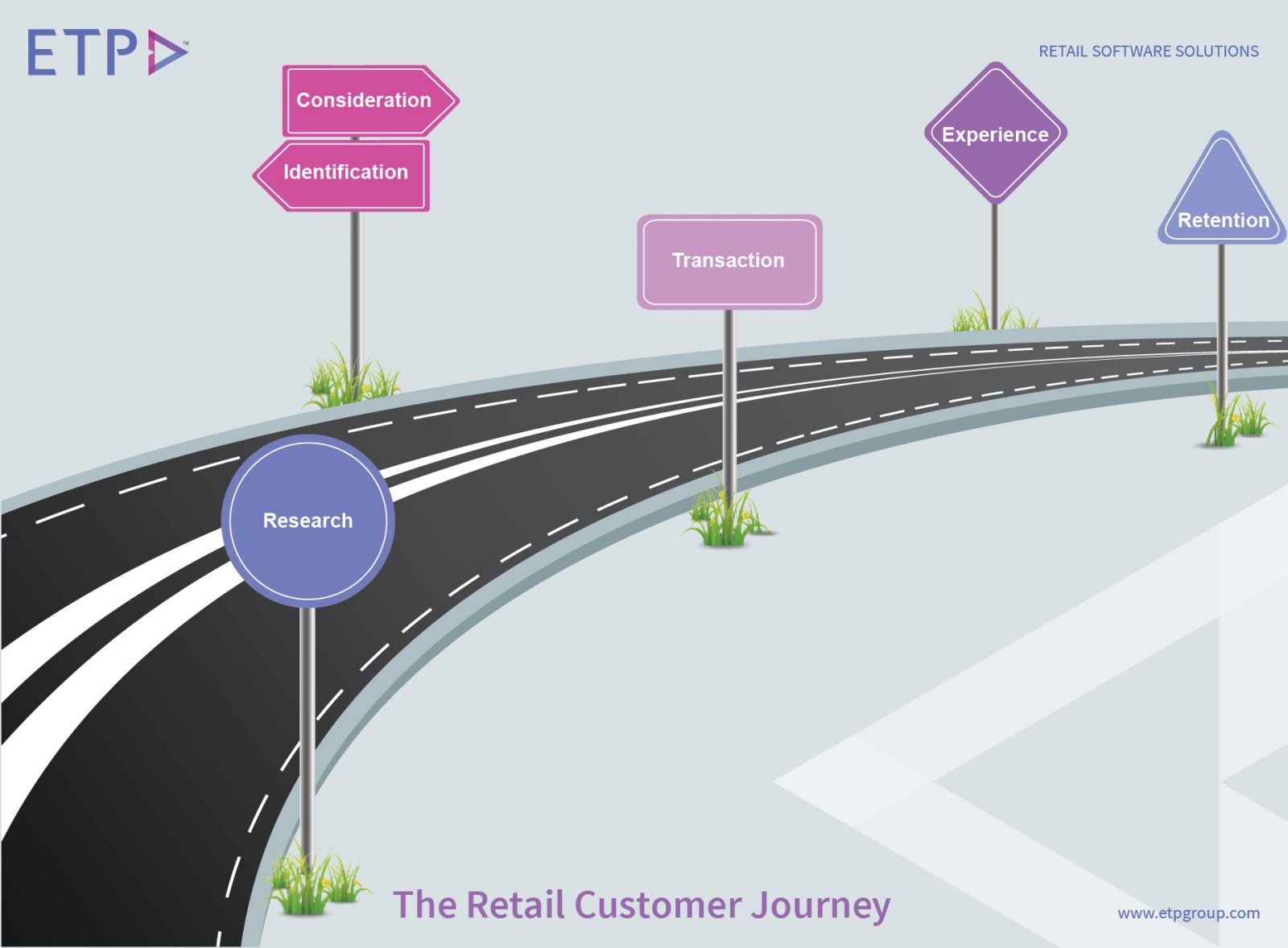
It is of prime importance for retailers to track the retail journey of their customer in order to make the right moves and provide better customer service. It gives them an opportunity to align their strategies effectively to the customer journey road-map. Given the latest developments and innovations in retail, the customers of today are spoilt for choice and options. All this seems to make the customer journey very complex, however it can be construed that the journey traverses 5 fundamental stages.
Research – The trigger to every purchase is the intention to acquire that particular product that is desired or needed. This leads the customers into the first stage of the journey, which is research. They research the various aspects of the desired product such as its cost, features and specifications, alternatives and so on through means and methods available. Additionally, they also research about the retail companies offering these products thus making it important for the businesses to have an omni-channel presence, be relevant and have an edge over the competition when the customers are researching.
Identification and Consideration – Once the research is over, customers analyze the information they have gathered. Based on their inferences, they narrow down their options for the product as well as for the retailer from whom they intend to procure it. Further, they compare the options they have narrowed down to and consider the one that they feel is the best. The impact that the retail businesses manage to cast during the customers’ research will decide whether they fall into the consideration bracket of the customers or not.
Transaction – This is where the customer acquisition is realized. It is at this stage where the actual purchase happens – the customers buy the product and pay the stipulated amount for it. Though it looks like a simple process of give and take between the retail businesses and the customers, it is not merely that. There are other aspects that make the process complicated and critical leading into the next stage.
Experience – From the customers’ point of view, if the transaction process was simple, easy, engaging and left a positive influence, it can be said that they have had a good experience. This is very important for the retail businesses as customer experience is one of the key ingredients in establishing a retailer-customer long-term relationship.
Retention – After establishing the relationship with the customers, the retail businesses need to build on it further. The longevity of this relationship could very well be the ability of the retailers to retain and extract more revenue from the existing customers. Thus the criticality lies in not only delivering the right experience in terms of deliverables and processes, but also sustaining those efforts and even exceeding the expectations at times. This will help foster loyalty among the customers and build goodwill through positive word-of-mouth, which the retail businesses can benefit from.
So is your retail business making the right impact at every stage of the customer journey?


